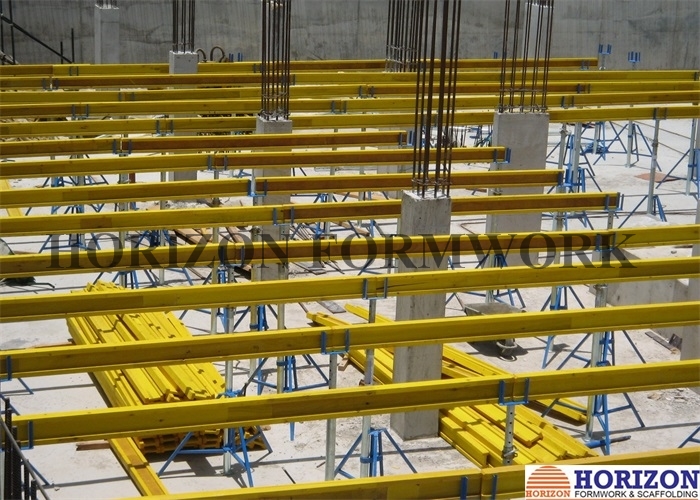Nov . 09, 2024 23:44 Back to list
Exporting Formwork Solutions for Retaining Walls and Concrete Structures
The Essential Role of Formwork in Retaining Wall Construction
Formwork plays a crucial role in the construction of retaining walls, which are vital structures used to hold back soil and prevent erosion in various landscapes. The effective design and execution of formwork not only ensure the structural integrity of retaining walls but also enhance the efficiency of the construction process. This article explores the importance of formwork in retaining wall construction, the types of materials used, and the relationship between formwork manufacturers and exporters in the global construction industry.
Understanding Formwork
Formwork is a temporary mold into which concrete is poured to shape it until it hardens. It supports the weight of the concrete and ensures that it maintains the desired dimensions and alignment. In the context of retaining walls, which often endure significant lateral pressure from the soil and water, formwork must be particularly sturdy and well-designed. The effectiveness of formwork directly impacts the quality of the finished wall, making it an integral aspect of the construction process.
Types of Formwork Used for Retaining Walls
There are several types of formwork commonly used in retaining wall construction, each with its own advantages
1. Timber Formwork Traditionally, timber was the most widely used material for formwork. It's easily workable, cost-effective, and can be reused multiple times. However, it may not provide the best finish for concrete surfaces, and its durability is lower compared to other materials.
2. Steel Formwork Steel formwork offers high durability and can be reused many times, making it a cost-effective option for large projects. It typically provides a smooth finish, which can minimize the amount of surface finishing needed after the concrete has cured. However, steel can be more expensive than timber.
3. Plastic Formwork A newer option, plastic formwork is lightweight and easy to assemble. It is resistant to water, making it ideal for environments where moisture is a concern. Plastic formwork, while becoming more popular, is still less common compared to timber and steel.
4. Modular Formwork This type of formwork consists of factory-made panels that can be easily assembled on-site. Modular systems allow for quick and efficient construction, which can significantly reduce labor costs and project timelines.
formwork for retaining walls exporter

5. Insulated Formwork Insulated concrete forms (ICFs) are becoming increasingly popular in retaining wall construction. These forms provide both structural support and insulation, resulting in walls that are both strong and energy-efficient.
The Export Market for Formwork
As the demand for innovative formwork solutions grows, so does the market for formwork exporters. Countries with strong construction industries often serve as hubs for formwork manufacturing, exporting their products to regions where construction is booming. Manufacturers recognize the benefits of exporting their products, as it opens up new revenue streams and cultivates international relationships.
Challenges Faced by Formwork Exporters
Formwork exporters face various challenges, including compliance with international standards, logistics costs, and competition from local manufacturers. Navigating the regulations pertaining to construction materials in different countries is crucial. Additionally, understanding local market needs can help exporters tailor their products and services effectively.
The Future of Formwork in Retaining Walls
As technology and engineering practices evolve, the future of formwork in retaining wall construction will likely focus on sustainability and innovation. Eco-friendly materials are gaining popularity, while modular and automated systems may revolutionize the way formwork is designed and implemented. Embracing new technologies, such as 3D printing and BIM (Building Information Modeling), can enhance the efficiency and accuracy of formwork design and installation.
Conclusion
The significance of formwork in retaining wall construction cannot be overstated. It is a foundational component that directly influences both the structural integrity and cost-effectiveness of the project. With a growing global market for formwork solutions, manufacturers and exporters must stay attuned to industry trends and technological advancements to meet the evolving demands of the construction sector. As the industry progresses, the future of formwork promises to be dynamic, with exciting innovations on the horizon.
-
High-Quality U Head Jack Scaffolding – Reliable Scaffolding Jack Head Manufacturer & Factory
NewsJul.08,2025
-
High-Quality I Beam H20 Leading Timber Beam H20 Material Factory, Exporters & Manufacturers
NewsJul.08,2025
-
High-Quality Powder Coating Steel Formwork - Durable & Corrosion Resistant Solutions
NewsJul.07,2025
-
Inclined Column Formwork Supplier – Durable & Precise Solutions for Unique Structures
NewsJul.07,2025
-
High-Quality Water Stop Solutions Trusted Water Stop Company & Suppliers
NewsJul.07,2025
-
High-Quality Formwork Material Supplier Reliable Manufacturer & Factory Solutions
NewsJul.06,2025